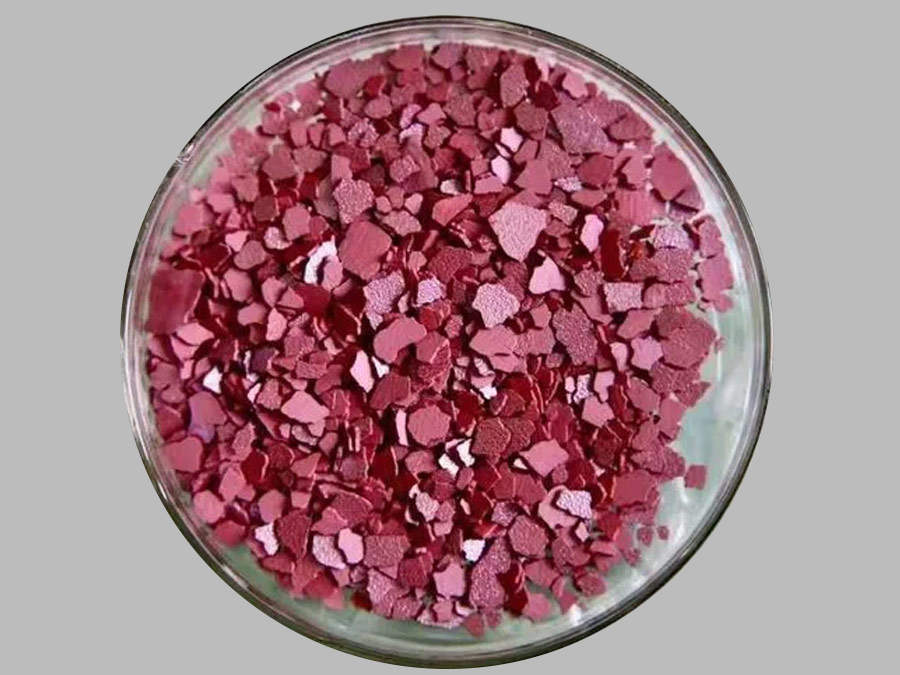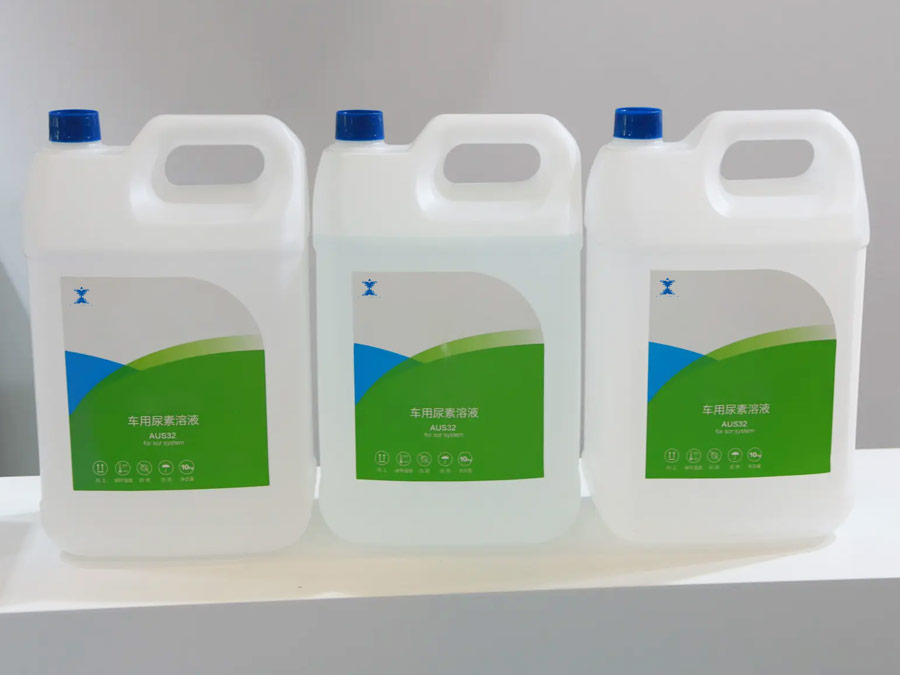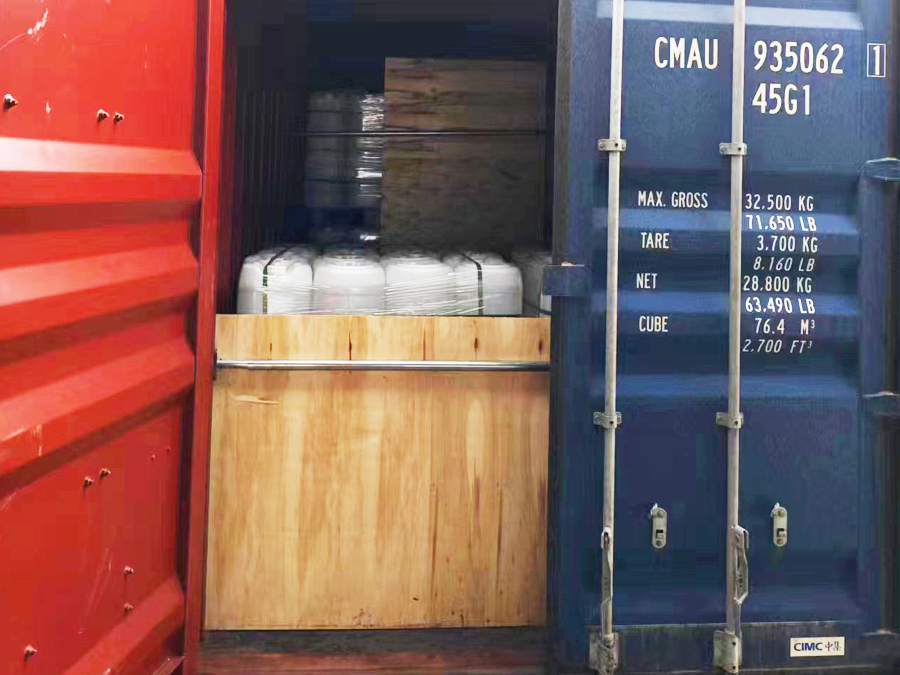
What is sulfamic acid and its uses?
Sulfamic acid is a white crystalline solid, stable and non-hygroscopic. It is soluble in water and formamide and slightly soluble in methanol, ether, acetone and concentrated sulphuric acid. It is classified as a strong inorganic acid and is produced commercially from urea and fuming sulphuric acid. A dilute aqueous solution of the acid is stable for a long time at room temperature, but undergoes rapid hydrolysis at high temperatures. Its solutions are less corrosive to metals than other inorganic acids such as hydrochloric acid.
Sulfamic acid is used as an acid cleaner, usually for metals and ceramics. It is an alternative to hydrochloric acid for rust removal. In the home, it is often used as a descaling agent in detergents, cleaners, and toilet cleaners to remove limescale.
Properties of sulfamic acid
CAS No.: 5329-14-6
Appearance: White crystalline solid
Content: 99.8%
Molecular formula: NH2SO3H
Molar mass: 97.09 g/mol
Density: 2.15g/cm 3
Solubility in water: 213 g/L (20℃)
Melting point: 190-225°C
pH: 1.2 (1% solution 20℃)
Uses of sulfamic acid:
1. Descaler, cleaner and rust remover
2.Removal of excess grout on tiles, weathering and other mineral deposits
3. Cleaner and descaler for dairy equipment (pipe milkers, milk evaporators)
4. Cleaners and descalers for brewery equipment (pipes, vats, etc.)
5. Catalysts for esterification processes
6. For the manufacture of dyes and pigments
7. Used as herbicide
8. Urea-formaldehyde resin coagulant
9. Component of fire extinguishing agent
10. Chloride stabiliser in pulp and paper industry
11. Synthesis of nitrous oxide by reaction with nitric acid
12.Sulfamic acid in descaling
Sulphamic acid in paper and pulp industry
Sulphamic acid prevents the degradation of pulp due to the temperature of the chlorination and hydrochloride phases. It allows bleaching at higher temperatures and lower pH values without loss of strength.
Sulphamic acid is used in the manufacture of dyes, pigments and leather dyeing
Sulphamic acid removes excess nitrogen compounds used in diazotisation reactions in the manufacture of dyes and pigments. Sulphamic acid can also be used to remove nitrogen compounds from wastewater if they are present in the process water
Sulfamic acid in chlorine stabilisation
Chlorine in water forms HOCL, which reacts with sulfamic acid to form N-chlorosulfamic acid, producing a more stable N-chlorosulfamic acid, but with reactive chlorine, so sulfamic acid is used for chlorine stabilisation in swimming pools and cooling towers.
Sulfamic acid in electroplating and electrolytic refining
Metallic sulfamate electrolytes are bright and dense due to their high solubility in cadmium, cobalt-nickel, lead-silver and radium sulfate deposits. Lead sulphamate is used for refining lead when high quality is required.
Sulphamate in Sulphation and Sulphonation
Sulfamic acid is used in the sulfation and sulfonation of many organic compounds. Sulphurisation of alkylphenol-ethylene oxide condensation products for detergents and sulphurisation of ethoxylated phenolic resins are preferred with sulphamic acid. Stronger reagents can lead to unwanted cyclic sulfonation.
How to use sulfamic acid for cleaning and descaling:
For removing excess cement paste from tiles or dissolving weathering on walls, floors, etc.: Prepare a solution of sulphamic acid by dissolving 80-100 g per litre of warm water. Apply to the surface with a cloth or brush and let it work for a few minutes. Stir with a brush and rinse with water if necessary. Please note: If using around coloured grout, use a weaker solution of approximately 2% (20g per litre of water) to reduce the risk of leaching any colour from the grout.
For descaling equipment, use a 10% solution. Sulphamic acid is safe for steel, iron, glass and wood equipment and may be used with caution on copper, aluminium and galvanised metal surfaces. Clean in a soak tank or by circulation. For surfaces, apply to the surface with a cloth or brush and wait a few minutes. Agitate with brush and rinse thoroughly with water if necessary.
For boiler systems and cooling towers, treat with a cycle of 10% to 15% solution, depending on the severity of the system. Prior to applying the rinse system and refill with clean water. Determine the volume of water and mix the sulfamic acid at a rate of 100 g to 150 g per litre of water. Circulate the solution at room temperature or heat to high 60°C for heavier cleaning. CAUTION: Do not use at the boiling point or the product will hydrolyse and not work. Flush and inspect system after thorough cleaning. Repeated applications may be necessary for heavily contaminated systems. Periodic flushing of the system is required after cleaning to remove loose scale and contaminants. Use a 10-20% solution to remove rust.
Chat Online






